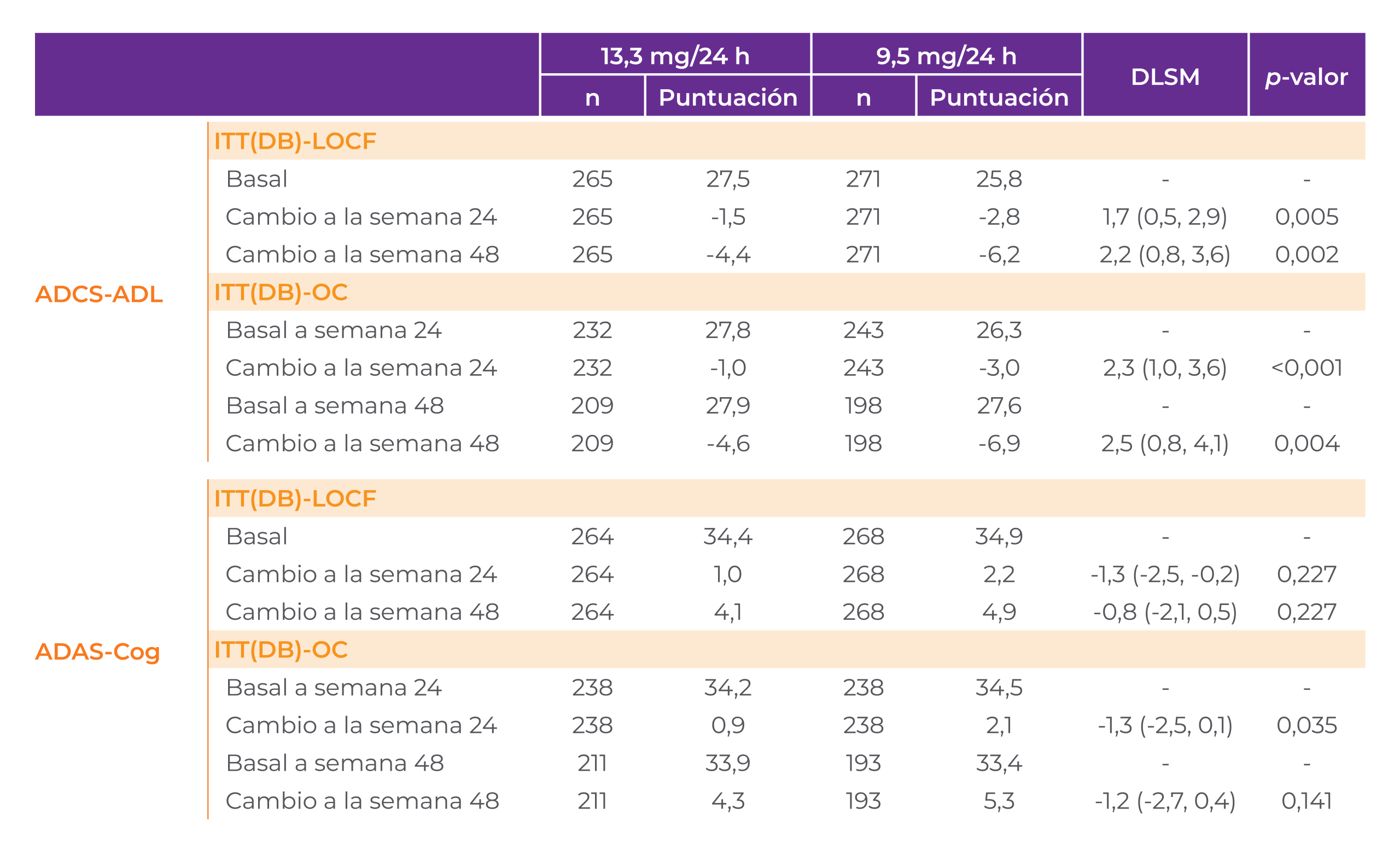Las migrañas se caracterizan por episodios recurrentes de cefaleas, de diferente frecuencia, intensidad y duración, causadas por una actividad cerebral anormal¹.
En la fisiopatología de la migraña pueden distinguirse estas fases:
La migraña está asociada con la activación de la vía trigémino-vascular y múltiples regiones corticales y subcorticales del tronco del encéfalo, lo que lleva a la desregulación del procesamiento sensorial y crea un estado alterado de excitación en el cerebro1,3.
Cambios en los niveles circulantes del neurotransmisor serotonina (5-HT) son característicos de la migraña y podrían contribuir a la patogénesis de este trastorno4.
‡La respuesta completa se refiere al estado mantenido sin dolor y sin acontecimientos adversos (SNAE por sus siglas en inglés). El SNAE se calculó como el porcentaje de pacientes que presentaron ausencia de dolor a las 2 horas post dosis sin recurrencia de dolor de cabeza moderado o grave, sin uso de medicación de rescate desde las 2 horas a las 24 horas post dosis y no notificaron ningún acontecimiento adverso.
§Eletriptán, naratriptán, rizatriptán, sumatriptán y zolmitriptán.
Bibliografía
1. Pascual J, Vila C. Amotriptan: a review of 20 years’ clinical experience. Expert Rev Neurother. 2019;8:1-10. 2. Almogran®. Ficha técnica. Agencia Española de Medicamentos y Productos Sanitarios, AEMPS. Disponible en: https://cima.aemps.es/cima/pdfs/es/ft/62877/FT_62877.pdf. Último acceso: marzo 2021. 3. Goadsby PJ, Lipton RB, Ferrari MD. Migraine – Current understanding and treatment. New Engl J Med. 2002;346(4), 257–270. 4. Tepper SJ, Rapoport AM, Sheftell FD. Mechanisms of action of the 5-HT1B/1D receptor agonists. Arch Neurol. 2002;59:1084-1088. 5. Goadsby PJ, Dodick DW, Ferrari MD, McCrory DC, Williams P. TRIPSTAR: prioritizing oral triptan treatment attributes in migraine management. Acta neurologica Scandinavica. 2004;110(3):137-143. 6. Janknegt R. Triptans in the treatment of migraine: drug selection by means of the SOJA method. Expert opinion on pharmacotherapy. 2007;8 Suppl 1:S15-30. 7. Von S. Almotriptan: a review of pharmacology, clinical efficacy, and tolerability. Am J Manag Care. 2002;8(3 Suppl):S74-9. 8. Diamond ML, Cady RK, Mao L, Biondi DM, Finlayson G, Greenberg SJ, et al. Characteristics of migraine attacks and responses to almotriptan treatment: a comparison of menstrually related and nonmenstrually related migraines. Headache. 2008;48(2):248-258. 9. Ferrari MD, Goadsby PJ, Roon KI, et al. Triptans (serotonin, 5-HT1B/1D agonists) in migraine: detailed results and methods of a meta-analysis of 53 trials. Cephalalgia. 2002;22(8):633-658. 10. Dodick DW, Sandrini G, Williams P. Use of the sustained pain-free plus no adverse events endpoint in clinical trials of triptans in acute migraine. CNS Drugs. 2007;21(1):73-82. 11. Pascual J, Vila C, McGown CC. Almotriptan: a review of 10 years’ clinical experience. Expert Rev Neurother. 2010;10(10):1505-1517. 12. Lainez MJ. Almotriptan: meeting today’s needs in acute migraine treatment. Expert Rev Neurother. 2007;7(12):1659-73. 13. Dahlöf CG, Dodick D, Dowson AJ, et al. How does almotriptan compare with other triptans? A review of data from placebo-controlled clinical trials. Headache. 2002;42(2):99-113. 14. Dahlöf CG, Pascual J, Dodick DW, et al. Efficacy, speed of action and tolerability of almotriptan in the acute treatment of migraine: pooled individual patient data from four randomized, double-blind, placebo-controlled clinical trials. Cephalalgia. 2006;26(4):400-8. 15. Goadsby PJ, Zanchin G, Geraud G, et al. Early vs. non-early intervention in acute migraine-’Act when Mild (AwM)’. A double-blind, placebo-controlled trial of almotriptan. Cephalalgia. 2008;28(4):383-391. 16. Goadsby PJ. The “Act when Mild” (AwM) study: a step forward in our understanding of early treatment in acute migraine. Cephalalgia. 2008;28(Suppl 2):36-41. 17. Dodick DW. Oral almotriptran in the treatment of migraine: safety and tolerability. Headache. 2001;41(5):449-455. 18. Allias G, Acuto G, Cabarrocas X, Esbri R, Benedetto C, Bussone G. Efficacy and tolerability of almotriptan versus zolmitriptan for the acute treatment of menstrual migraine. Neurol Sci. 2006;27(Suppl 2):193-197. 19. Díaz-Insa S, Vila C, McGown CC. Improved patient satisfaction and pain evolution with almotriptan in migraine: a primary care study. Curr Med Res Opin. 2011;27(3):559-567. 20. Pascual J. Efficacy and tolerability of almotriptan in postmarketing surveillance studies. Eur Neurol. 2005;53(Suppl 1):34-40.

Los paréntesis indican un límite de confianza del 95 %. DLSM: Diferencia de medias de mínimos cuadrados. n: Número de pacientes.
ADAS-Cog: Escala de evaluación de la enfermedad de Alzheimer – Subescala cognitiva; ADCS-ADL: Estudio cooperativo de la enfermedad de Alzheimer – Actividades instrumentales de la vida diaria; ITT(DB)-LOCF: Población con intención de tratar (Estudio Doble Ciego) – Imputación por último valor; ITT(DB)-OC: Población con intención de tratar (Estudio Doble Ciego) – Casos observados.
Cummings J, Froelich L, Black SE, et al. Randomized, double-blind, parallel-group, 48-week study for efficacy and safety of a higher-dose rivastigmine patch (15 vs. 10 cm²) in Alzheimer’s disease. Dement Geriatr Cogn Disord. 2012;33(5):341-53.
La información proporcionada en este sitio web está destinada a profesionales de la salud capacitados para prescribir y suministrar medicamentos, así que requieren conocimiento científico específico y formación para interpretarla correctamente.